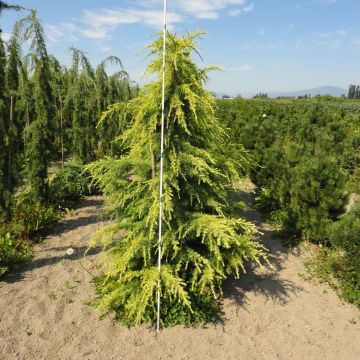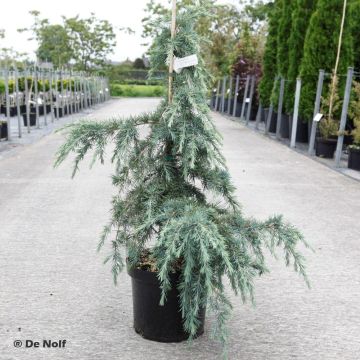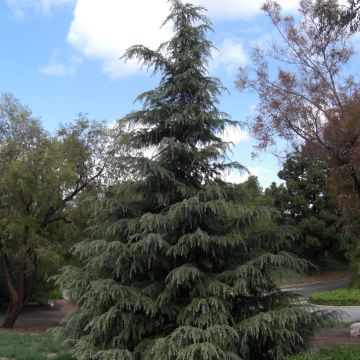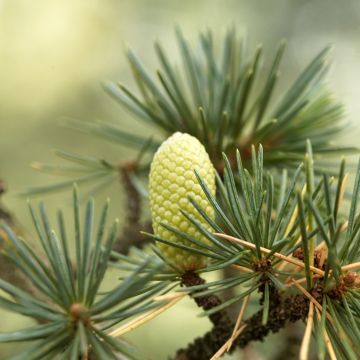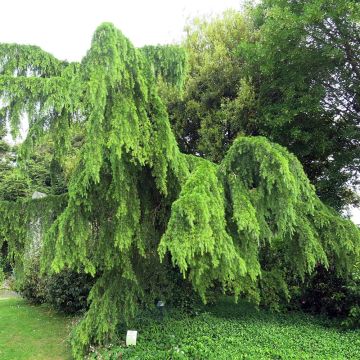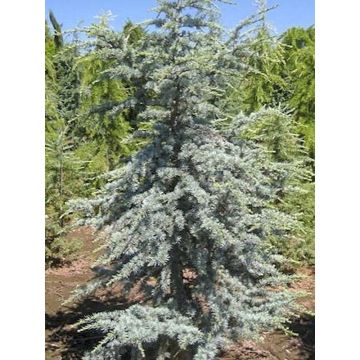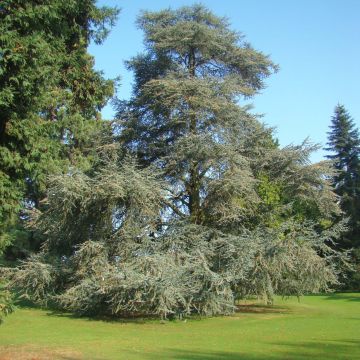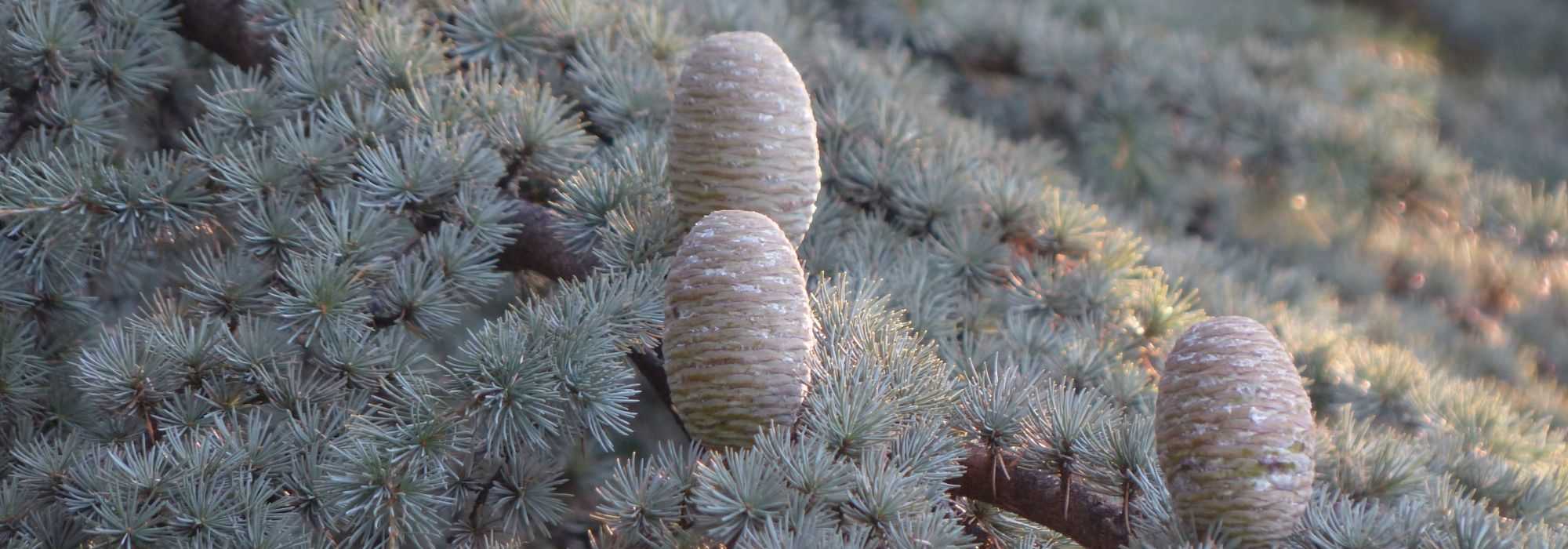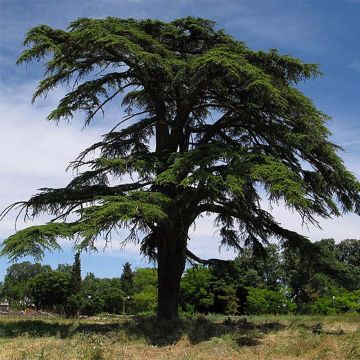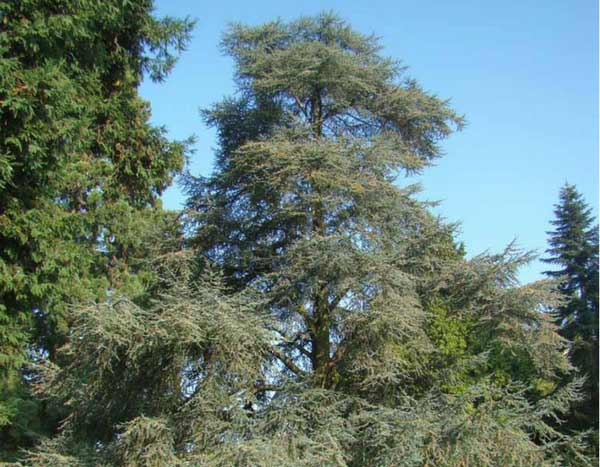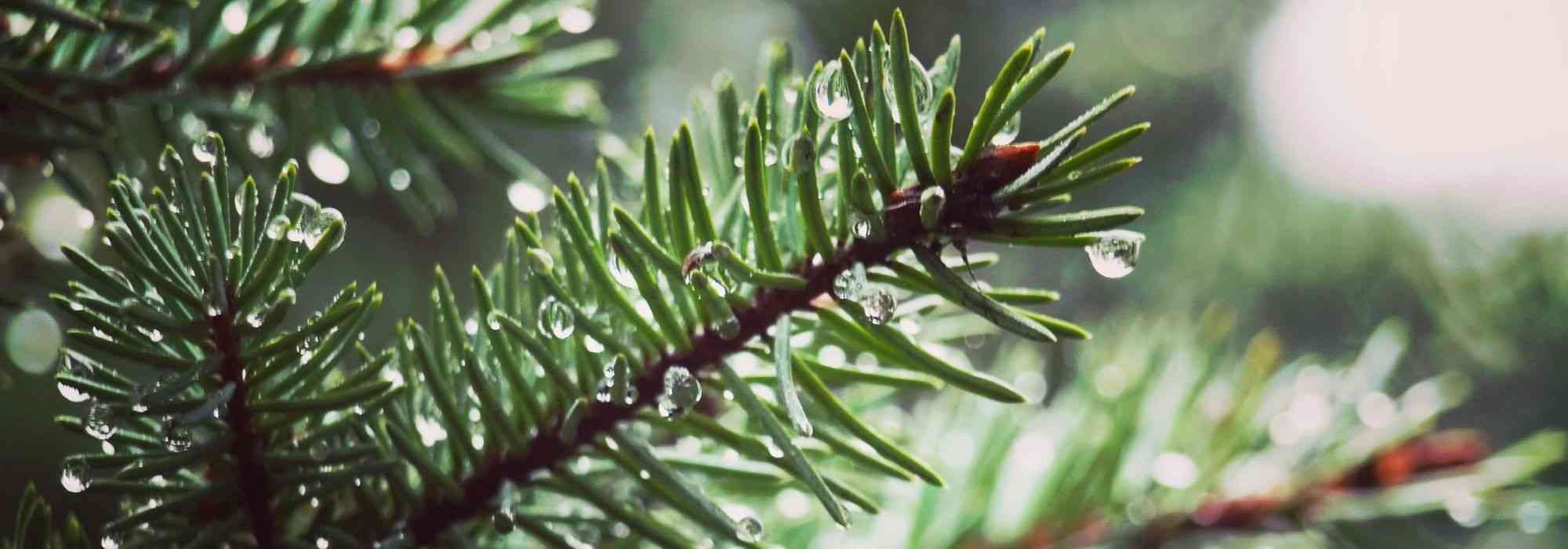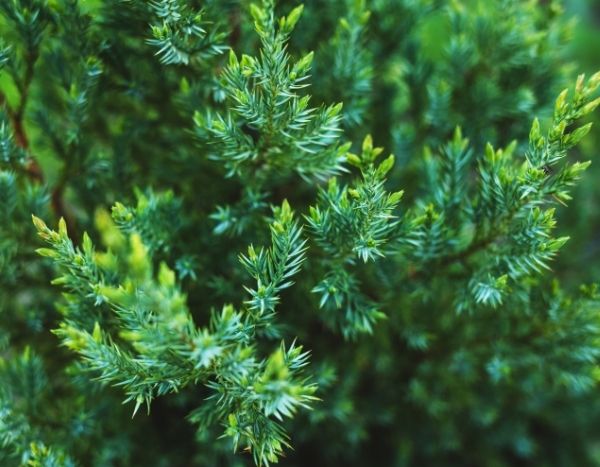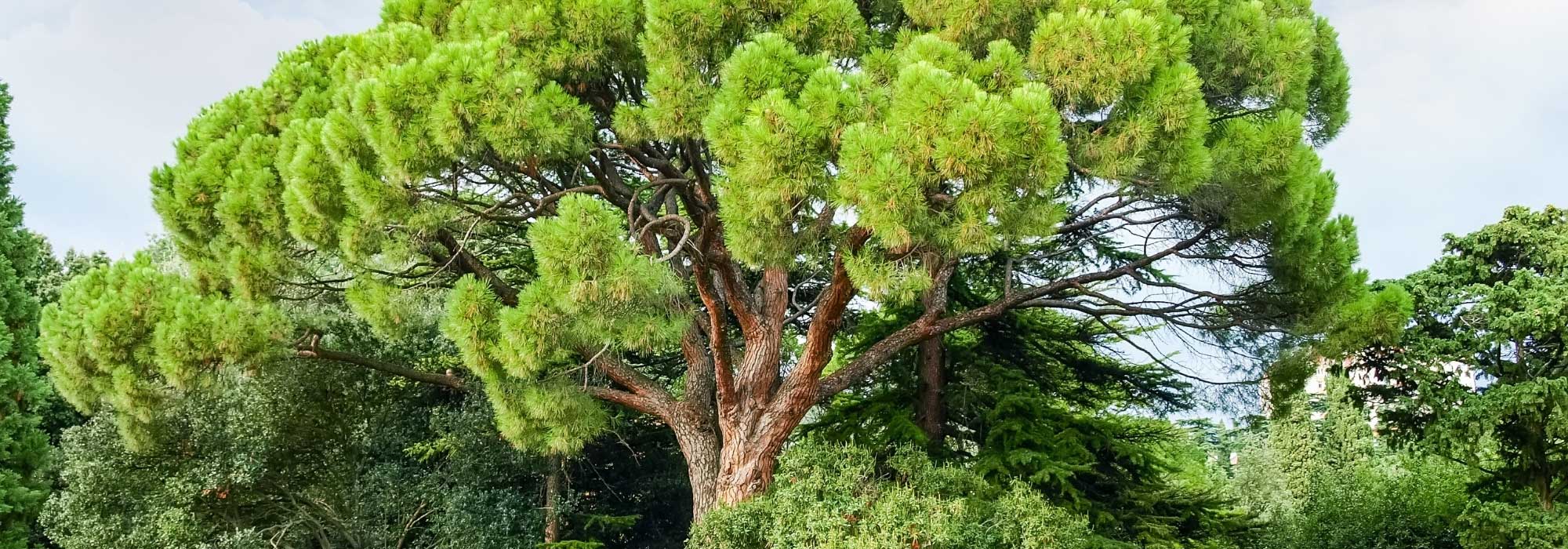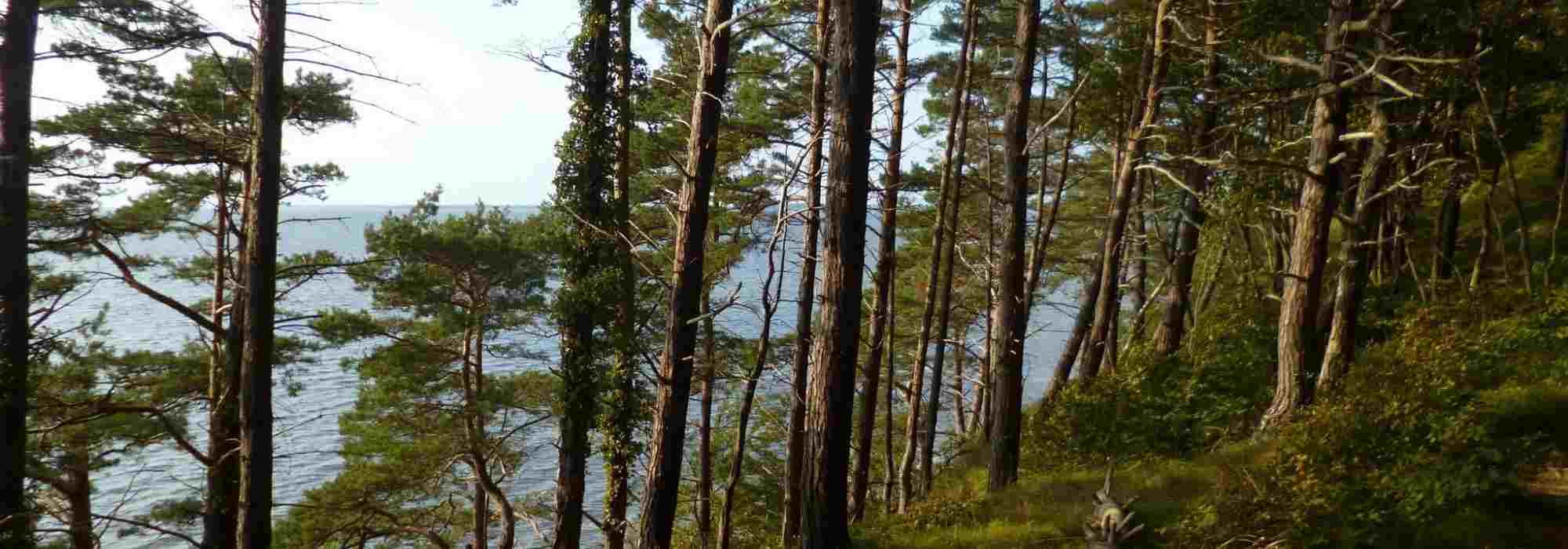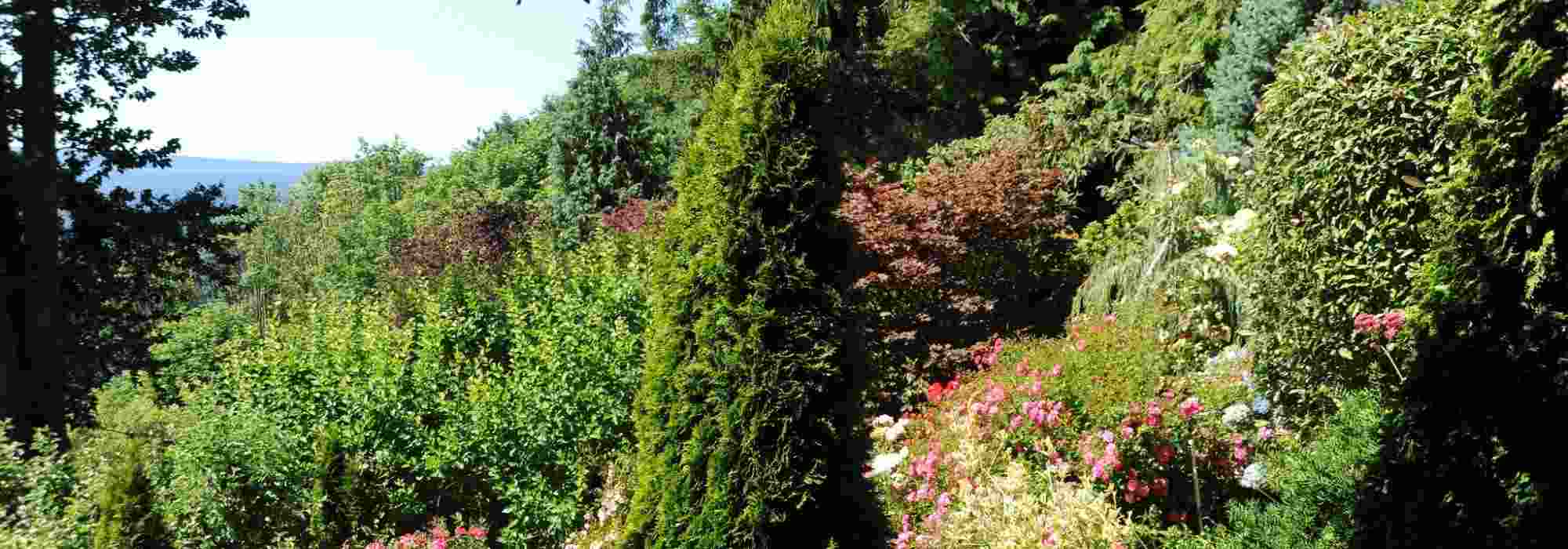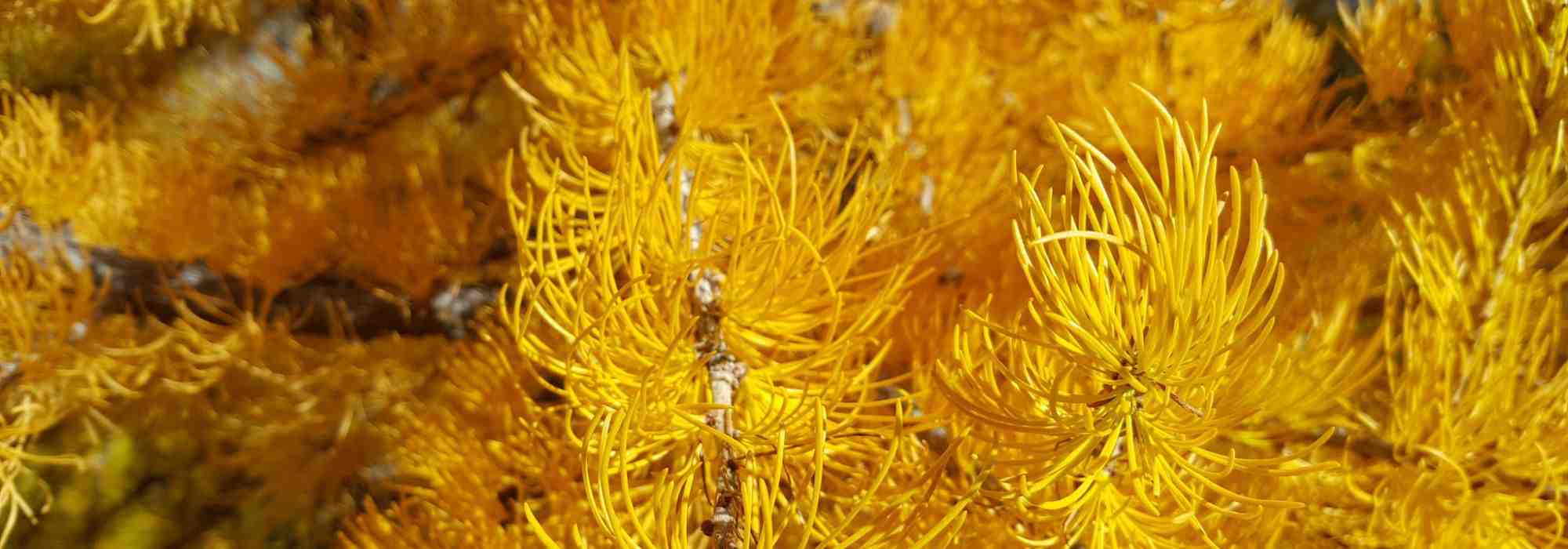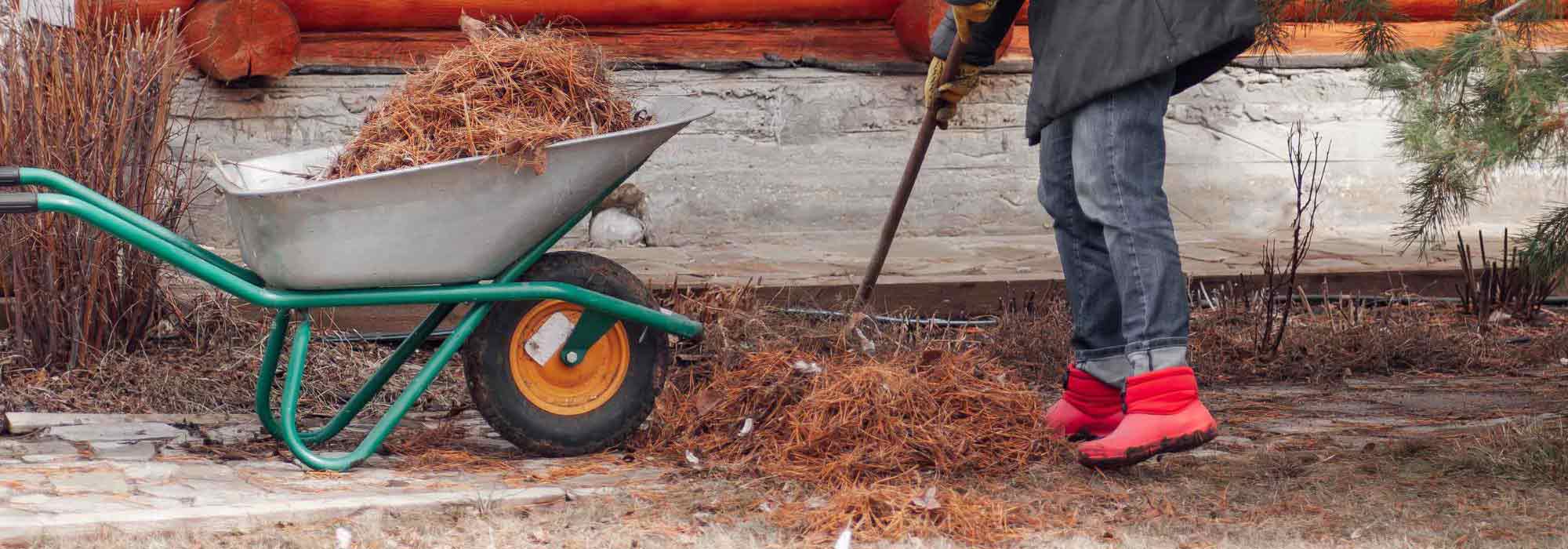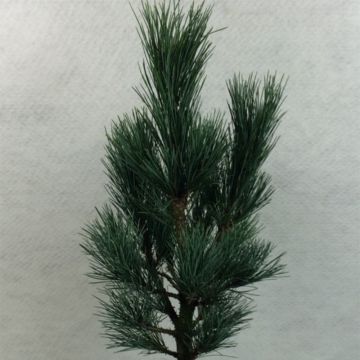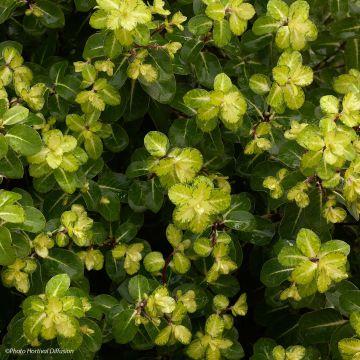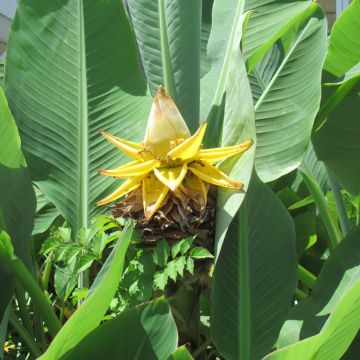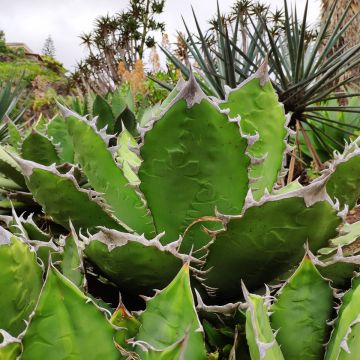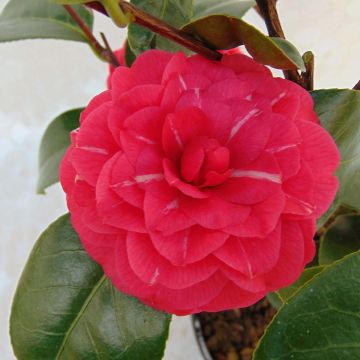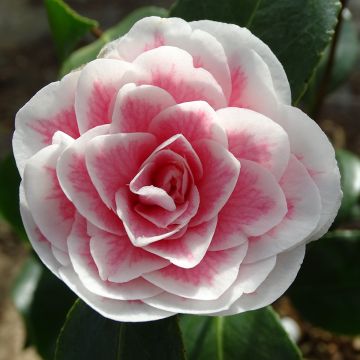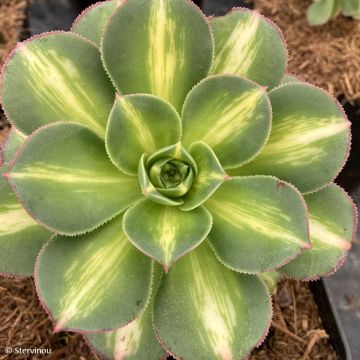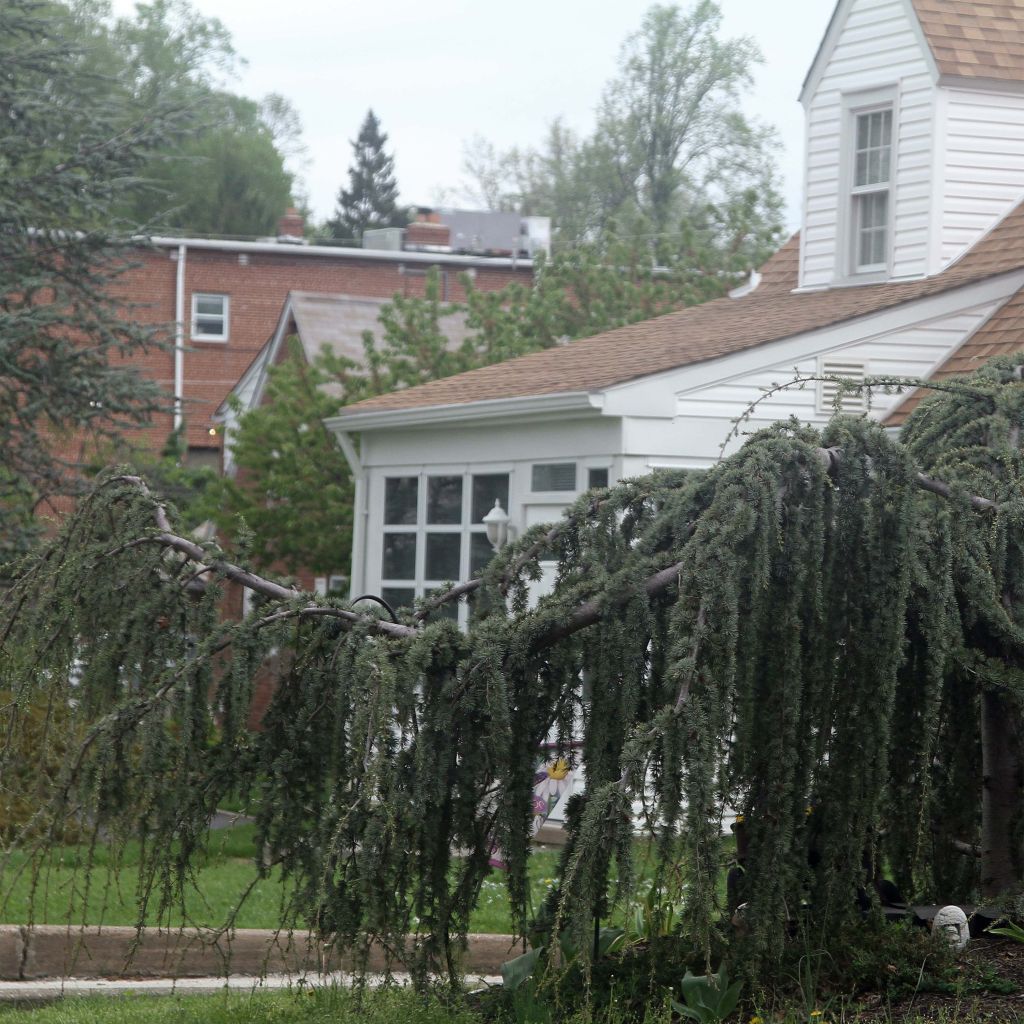

Cedrus libani atlantica Pendula - Lebanese Cedar
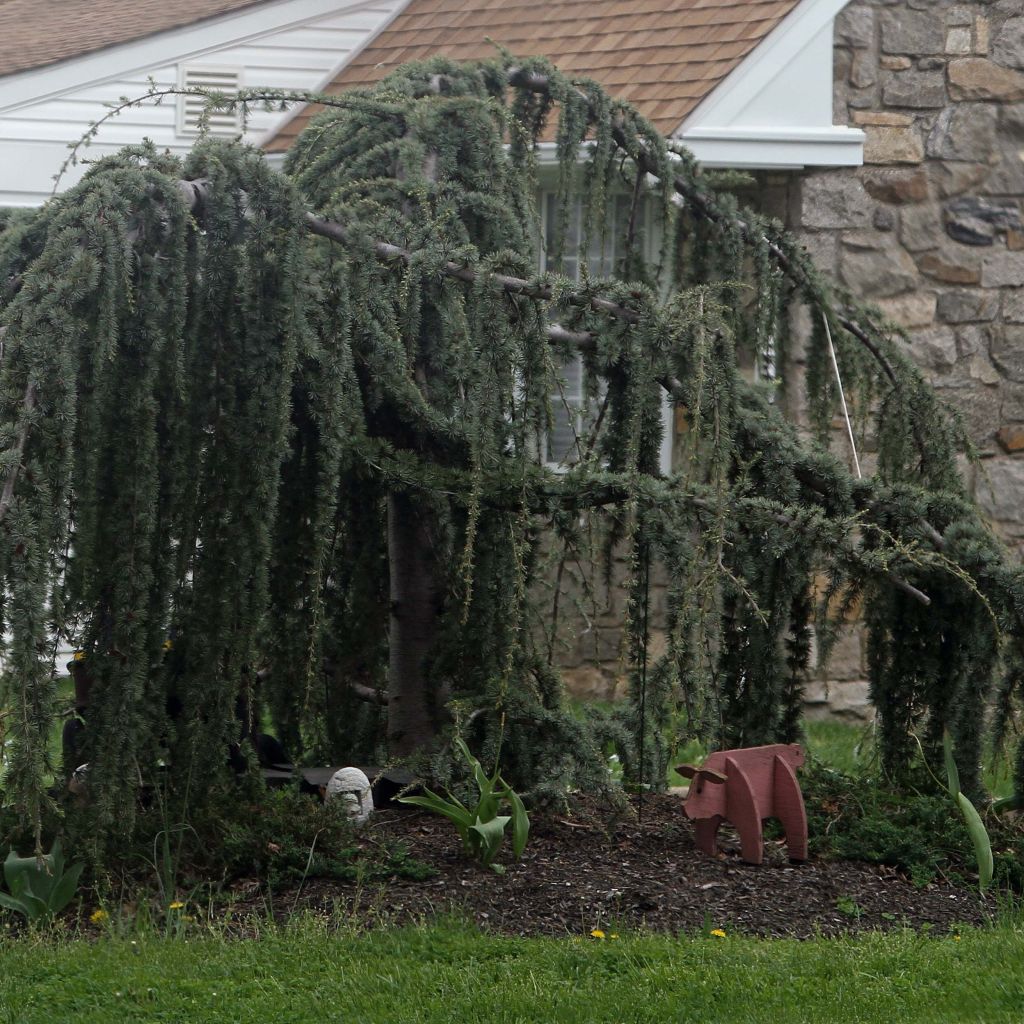

Cedrus libani atlantica Pendula - Lebanese Cedar
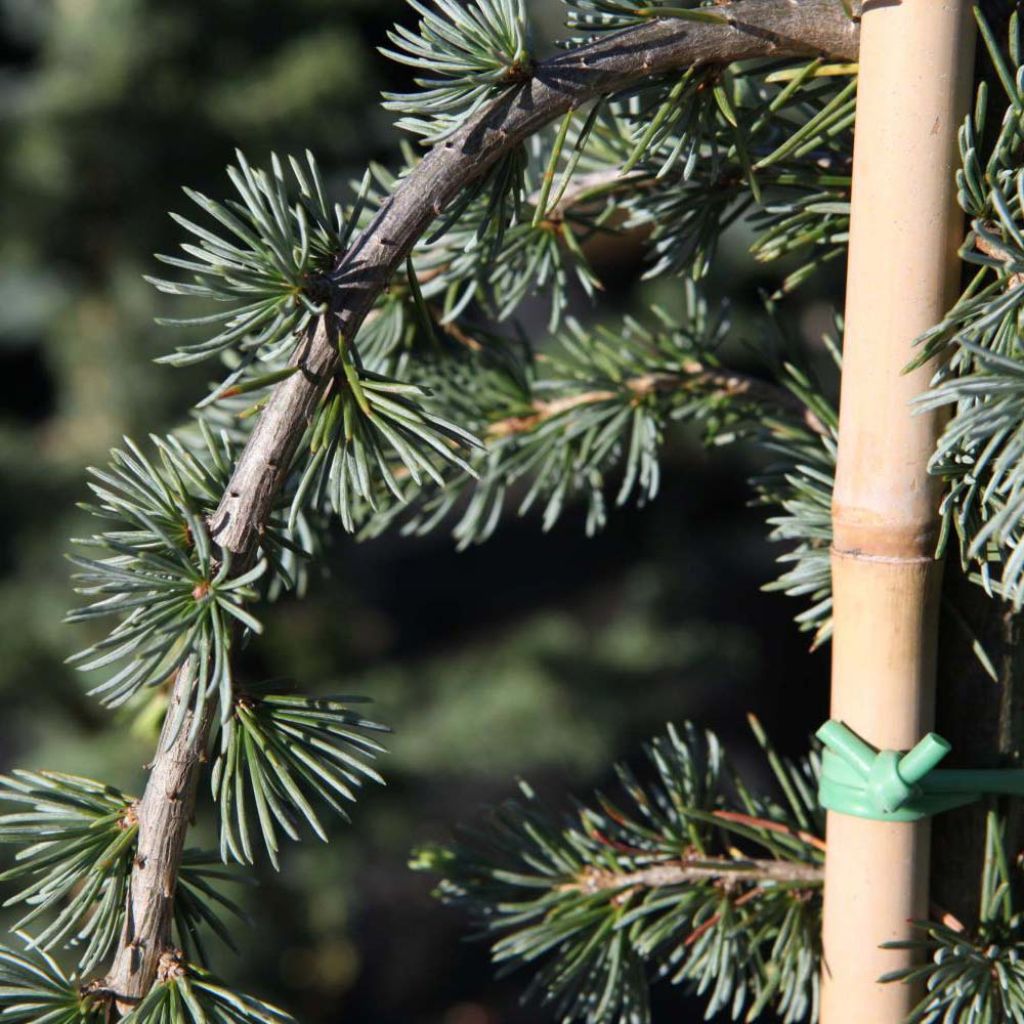

Cedrus libani atlantica Pendula - Lebanese Cedar
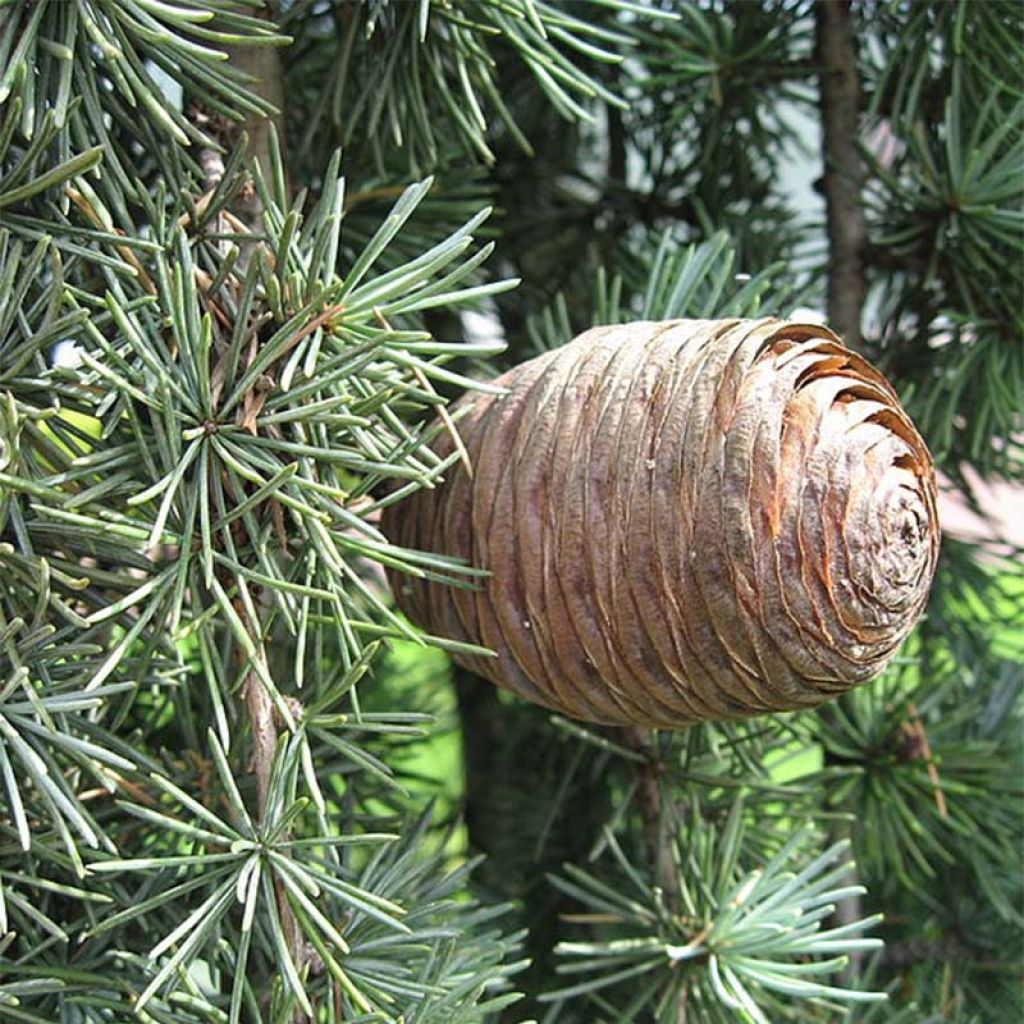

Cedrus libani atlantica Pendula - Lebanese Cedar
Cedrus libani atlantica Pendula - Lebanese Cedar
Cedrus libani Atlantica Pendula
Cedar of Lebanon, Lebanese Cedar
Special offer!
Receive a €20 voucher for any order over €90 (excluding delivery costs, credit notes, and plastic-free options)!
1- Add your favorite plants to your cart.
2- Once you have reached €90, confirm your order (you can even choose the delivery date!).
3- As soon as your order is shipped, you will receive an email containing your voucher code, valid for 3 months (90 days).
Your voucher is unique and can only be used once, for any order with a minimum value of €20, excluding delivery costs.
Can be combined with other current offers, non-divisible and non-refundable.
Why not try an alternative variety in stock?
View all →This plant carries a 24 months recovery warranty
More information
We guarantee the quality of our plants for a full growing cycle, and will replace at our expense any plant that fails to recover under normal climatic and planting conditions.
Does this plant fit my garden?
Set up your Plantfit profile →
Description
Cedrus libani atlantica 'Pendula' is an unusual and beautiful form of Atlas Cedar, with a spreading and extremely weeping habit that adds to its charm. Slow-growing, this surprising conifer forms, after many years, a mass taller than wide, cascading in dark green with a slight silver tinge. Its growth, unlike that of the classic Atlas Cedar, is very moderate, making it easier to integrate into a smaller garden. It is an exceptional subject that can be planted in isolation or even at the edge of a body of water that will reflect its image in a grand display of romanticism.
Cedrus libani subsp. atlantica, better known as Atlas Cedar, Blue Cedar, or Silver Cedar, is considered to be a subspecies of the Cedar of Lebanon. It is a majestic conifer, originating from the Atlas mountain range that extends through Morocco, Algeria, and Tunisia. This imposing conifer reaches heights of 30 to 40m (99 to 131ft) in its natural habitat. It displays a tabular habit when fully grown, with a more slender silhouette than its cousin, the Cedar of Lebanon. This light species has excellent longevity. It stands out from other cedars with its upright branches and short, less prickly needles.
The 'Pendula' cultivar is distinguished by its strongly weeping habit, slower growth, and significantly reduced development. At maturity, it rarely exceeds 4m (13ft) high and 6m (20ft) in width. This tree forms a fairly short trunk, which divides near the base into large, slightly upright branches. The secondary branches are trailing, almost vertical. They bear foliage in fairly dark green needles with beautiful grey-silver reflections. "Flowering" occurs in early autumn. Each individual carries yellowish-red female cones, flattened at the top, measuring 5 to 7cm (2 to 3in) in length, and conical brown male catkins. The seeds take 3 years to ripen. They are nestled between the scales of the female cones and are equipped with a 2cm (1in) long wing.
The weeping Atlas cedar deserves a prominent place in the garden. Majestic but of reasonable stature, it can be planted as a standalone specimen on a lawn, prominently displayed to enjoy its beautiful silhouette. In a romantic garden, it can also be placed at the edge of a large body of water. In this case, it will play the same ornamental role as a weeping willow, while having much less soil requirements. Indeed, the Atlas cedar is not only very hardy, but also capable of growing in poor, rocky, and dry soils in summer. It also lends itself very well to bonsai cultivation.
Cedrus libani atlantica Pendula - Lebanese Cedar in pictures
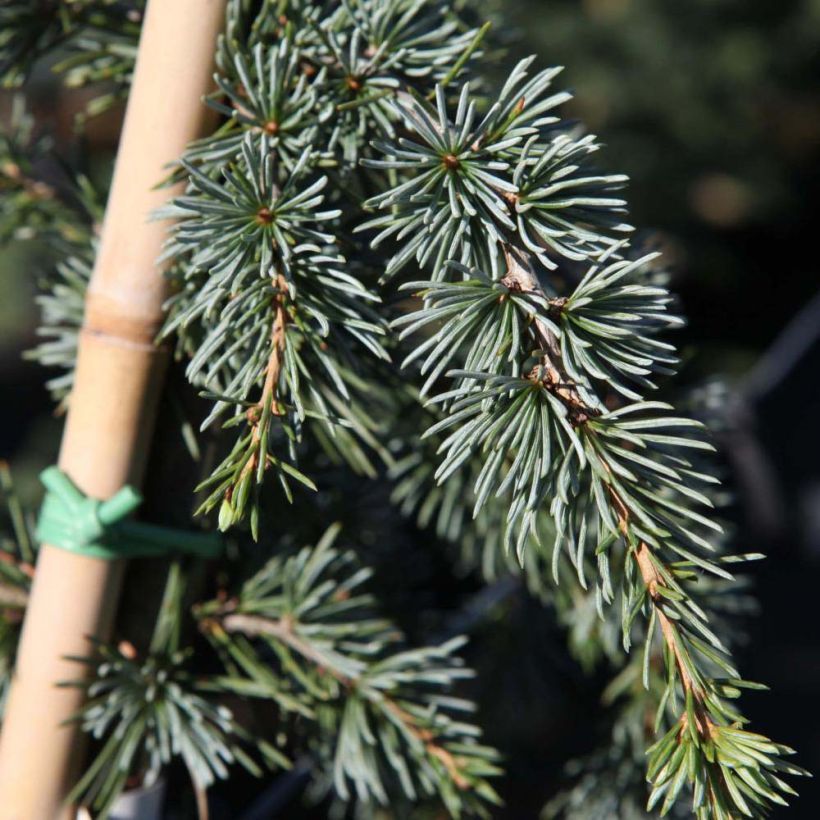

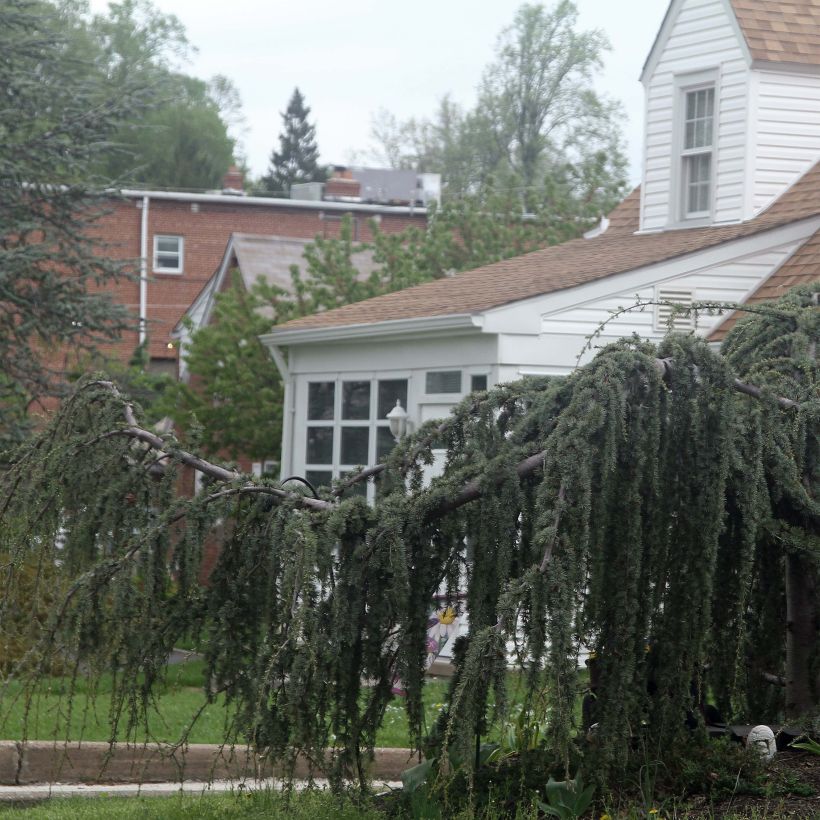

Plant habit
Foliage
Botanical data
Cedrus
libani
Atlantica Pendula
Pinaceae
Cedar of Lebanon, Lebanese Cedar
Cultivar or hybrid
Other Cedar
View all →Planting and care
It is not very demanding in terms of soil and climate. While it grows faster in fertile, deep, and moist soil, it can tolerate much less favourable conditions and summer drought once established. It can withstand temperatures as low as -15 to -16°C (5 to 3.2°F). It can be planted from September to November and from February to June in ordinary soil, preferably deep and well-drained to prevent water stagnation. Choose a very sunny and open location, and anticipate the future development of this tree. Do not disturb it, as its root system needs to firmly anchor in the soil to withstand drought and wind. Soak the root balls well before planting. Stake your young cedar, water it regularly to help it establish, especially during the summer, for the first 2 or 3 years. Apply organic amendment at planting (crushed horn, for example). If required, apply a special conifer fertiliser every year in April and weed the soil in summer. Pruning is not necessary, except to shape the tree or remove branches that die at the base of the trunk as it grows.
Planting period
Intended location
Care
Planting & care advice
This item has not been reviewed yet - be the first to leave a review about it.
Similar products
Haven't found what you were looking for?
Hardiness is the lowest winter temperature a plant can endure without suffering serious damage or even dying. However, hardiness is affected by location (a sheltered area, such as a patio), protection (winter cover) and soil type (hardiness is improved by well-drained soil).

Photo Sharing Terms & Conditions
In order to encourage gardeners to interact and share their experiences, Promesse de fleurs offers various media enabling content to be uploaded onto its Site - in particular via the ‘Photo sharing’ module.
The User agrees to refrain from:
- Posting any content that is illegal, prejudicial, insulting, racist, inciteful to hatred, revisionist, contrary to public decency, that infringes on privacy or on the privacy rights of third parties, in particular the publicity rights of persons and goods, intellectual property rights, or the right to privacy.
- Submitting content on behalf of a third party;
- Impersonate the identity of a third party and/or publish any personal information about a third party;
In general, the User undertakes to refrain from any unethical behaviour.
All Content (in particular text, comments, files, images, photos, videos, creative works, etc.), which may be subject to property or intellectual property rights, image or other private rights, shall remain the property of the User, subject to the limited rights granted by the terms of the licence granted by Promesse de fleurs as stated below. Users are at liberty to publish or not to publish such Content on the Site, notably via the ‘Photo Sharing’ facility, and accept that this Content shall be made public and freely accessible, notably on the Internet.
Users further acknowledge, undertake to have ,and guarantee that they hold all necessary rights and permissions to publish such material on the Site, in particular with regard to the legislation in force pertaining to any privacy, property, intellectual property, image, or contractual rights, or rights of any other nature. By publishing such Content on the Site, Users acknowledge accepting full liability as publishers of the Content within the meaning of the law, and grant Promesse de fleurs, free of charge, an inclusive, worldwide licence for the said Content for the entire duration of its publication, including all reproduction, representation, up/downloading, displaying, performing, transmission, and storage rights.
Users also grant permission for their name to be linked to the Content and accept that this link may not always be made available.
By engaging in posting material, Users consent to their Content becoming automatically accessible on the Internet, in particular on other sites and/or blogs and/or web pages of the Promesse de fleurs site, including in particular social pages and the Promesse de fleurs catalogue.
Users may secure the removal of entrusted content free of charge by issuing a simple request via our contact form.
The flowering period indicated on our website applies to countries and regions located in USDA zone 8 (France, the United Kingdom, Ireland, the Netherlands, etc.)
It will vary according to where you live:
- In zones 9 to 10 (Italy, Spain, Greece, etc.), flowering will occur about 2 to 4 weeks earlier.
- In zones 6 to 7 (Germany, Poland, Slovenia, and lower mountainous regions), flowering will be delayed by 2 to 3 weeks.
- In zone 5 (Central Europe, Scandinavia), blooming will be delayed by 3 to 5 weeks.
In temperate climates, pruning of spring-flowering shrubs (forsythia, spireas, etc.) should be done just after flowering.
Pruning of summer-flowering shrubs (Indian Lilac, Perovskia, etc.) can be done in winter or spring.
In cold regions as well as with frost-sensitive plants, avoid pruning too early when severe frosts may still occur.
The planting period indicated on our website applies to countries and regions located in USDA zone 8 (France, United Kingdom, Ireland, Netherlands).
It will vary according to where you live:
- In Mediterranean zones (Marseille, Madrid, Milan, etc.), autumn and winter are the best planting periods.
- In continental zones (Strasbourg, Munich, Vienna, etc.), delay planting by 2 to 3 weeks in spring and bring it forward by 2 to 4 weeks in autumn.
- In mountainous regions (the Alps, Pyrenees, Carpathians, etc.), it is best to plant in late spring (May-June) or late summer (August-September).
The harvesting period indicated on our website applies to countries and regions in USDA zone 8 (France, England, Ireland, the Netherlands).
In colder areas (Scandinavia, Poland, Austria...) fruit and vegetable harvests are likely to be delayed by 3-4 weeks.
In warmer areas (Italy, Spain, Greece, etc.), harvesting will probably take place earlier, depending on weather conditions.
The sowing periods indicated on our website apply to countries and regions within USDA Zone 8 (France, UK, Ireland, Netherlands).
In colder areas (Scandinavia, Poland, Austria...), delay any outdoor sowing by 3-4 weeks, or sow under glass.
In warmer climes (Italy, Spain, Greece, etc.), bring outdoor sowing forward by a few weeks.






























